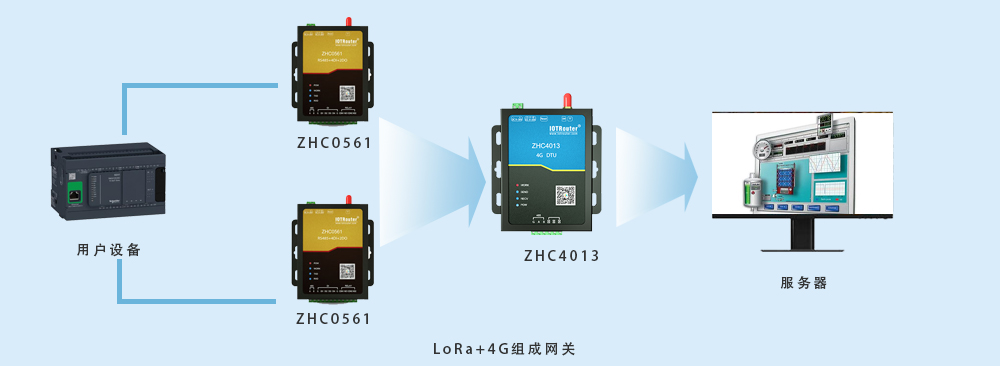LoRa Alliance
There is a movement to standardize LoRa’s MAC functionality, called the LoRa Alliance. The LoRa Alliance developed the LoRaWAN protocol for use by mobile network operators that use unlicensed spectrum to communicate with IoT devices in their networks. LoRaWAN is ideally suited for ITU areas where duty cycle limitations of ETSI transmitters greatly limit the role of base stations in the network.
Some details about LoRaWAN (LoRa Alliance protocol for LoRa):
● LoRaWAN is a server-side implementation of multiple access protocols designed to minimize conflicts with large numbers of endpoints. It requires the server application to run MAC functions over a network connection.
● LoRaWAN network architecture typically uses a star topology, where the gateway is a transparent bridge that relays messages between end devices and a central network server at the back end.
● Customer logic is built into the web server
● It is primarily designed for uplink-only applications with many endpoints, or applications that require only a small number of downlink messages (limited by the number of applications or endpoints)
● Gateways in the same network need to be synchronized
● Communication between end devices and gateways is distributed over different frequency channels and data rates. The choice of data rate is a trade-off between communication range and message duration.
● Different data rates do not interfere with each other and create a set of “virtual” channels, thereby increasing the gateway’s capacity.
● The LoRaWAN network server manages the data rate and RF output of each end device individually through the Adaptive Data Rate (ADR) scheme, which is typically updated every 24 hours
● Multi-layer security/encryption (network-level and application-level EUI64 and EUI128 device-specific keys)
● AES CCM (128-bit) for encryption and authentication
● In terms of transmission time of band 868, it works within the range of ETSI 1% and 10% duty cycle.
● Revision draft for downlink node class B that can poll for beacons every 1s to 128s (engineering prototype now available using IBM’s LMiC) beacon period is 128s (2^n), where n is 0 to 7
● Antenna diversity because all gateways listen to the same uplink channel
LoRa Connectivity Purpose
Some companies are using the full LoRa/LoRaWAN technology stack in interesting ways. For example, the shared bicycle OFO, the equipment company combines the bicycle LoRa device and wireless radio frequency technology to check the location of the bicycle at any time. OFO currently operates in more than 180 cities in China.
Another example of LoRa network utilization comes from PNI Sensor, a company in Santa Rosa, California. PNI uses LoRaWAN-based wireless connectivity to provide real-time urban parking data, making it easier for drivers to find available parking spaces for on- and off -street public and private parking management. The ultimate goal is to reduce traffic congestion and carbon emissions caused by drivers repeatedly searching for their own parking space.
Multiple industries are currently leveraging the right IoT devices, including agriculture (irrigation/water level monitoring and pest control), utilities open LoRaWAN standard (for smart meters, lighting and energy management solutions), and building construction (building doors and windows sensors and building structural health applications).
There are also many companies making LoRa-based network equipment instead of LoRaWAN protocol products.
Deploy IoT devices using LoRa
LoRaWAN is the protocol of choice if it is to be built on a public network owned and operated by a carrier. There are many hardware and web server providers competing in this space, so there are plenty of options, which is a big benefit. But the process of developing and deploying a system around LoRaWAN is complex and can be a challenge if you don’t have sufficient expertise or experience with RF protocols or wireless systems and planning. You also need to carefully consider whether deploying a LoRaWAN™ network will meet your needs. In some cases it is better to use a custom protocol where all you have to do is send data to a node that has been written to connect to the cloud. For example, you can consider Zongheng Intelligent Control’s lora networking device (ZHC0561 ZHC4013) to complete this work for you.
